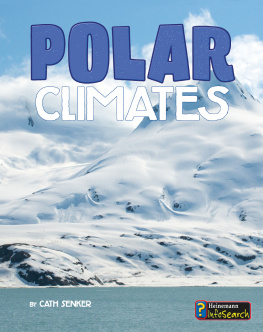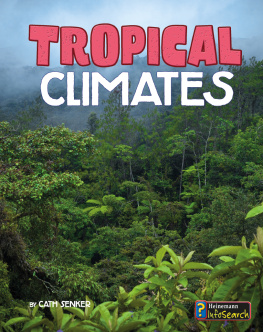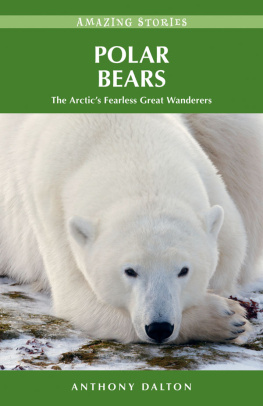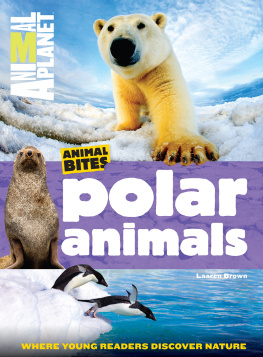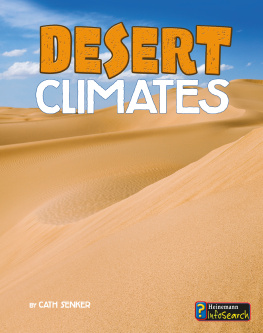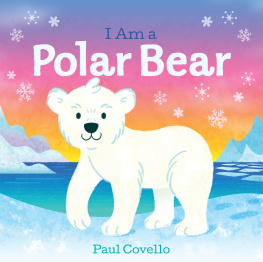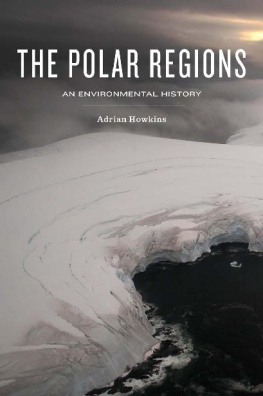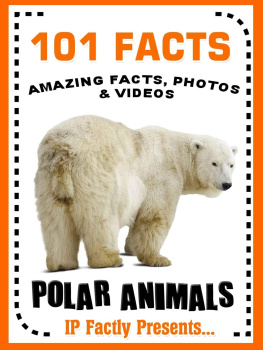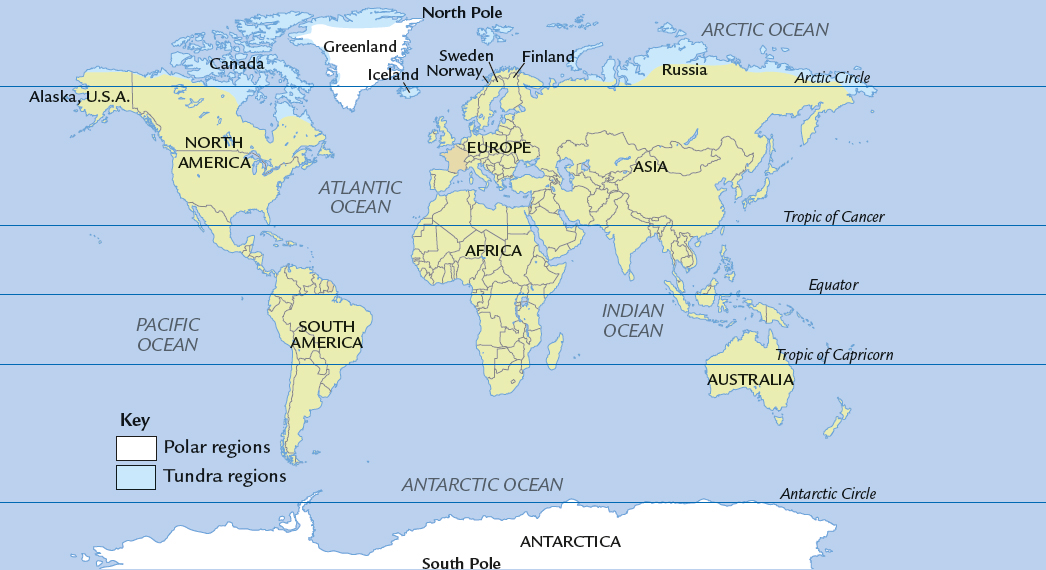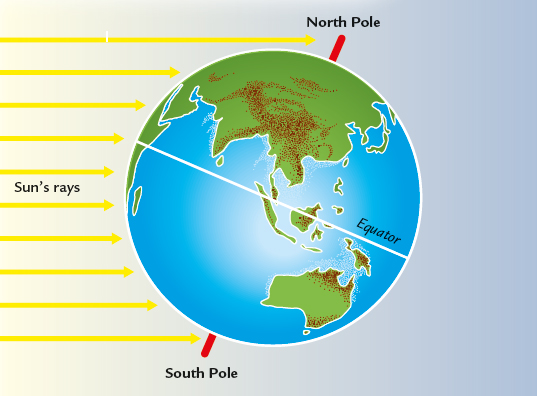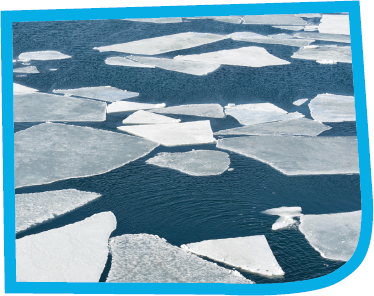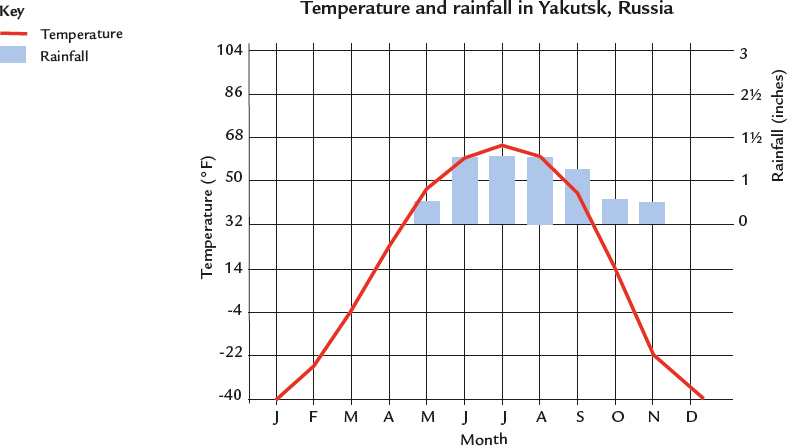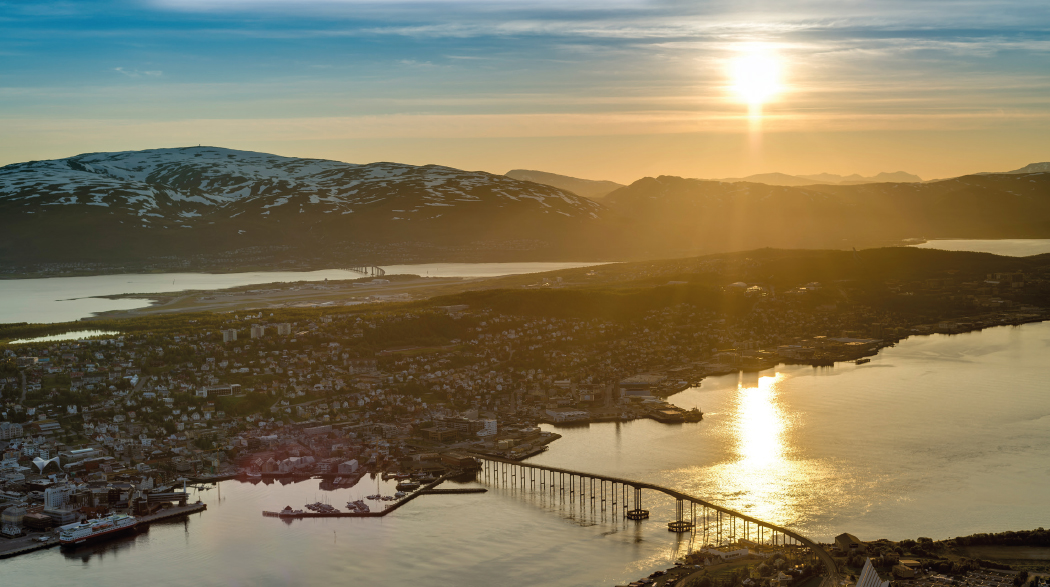simple plants with no leaves, stems, or roots, which grow in or near waterheight above sea levelfat of sea animalsmovement of water in the seas oceans and large lakesplants and animals living in a particular area and the environment in which the liveimaginary line around the middle of Earthact of using something in an unfair or unjust way for selfish reasonsfuel such as coal or oil that was formed over millions of years from the remains of animals or plantsgas such as carbon dioxide or methane that warms Earth by releasing heat into the atmosphere (the gases around Earth)to spend the winter in a state like deep sleepcovering of ice at the North and South Polescylinder-shaped sample of ice drilled from an ice sheet for studyingthick layer of ice on land that extends over a large area of seathick layer of ice that covers land, often found in polar regionsone of the original peoples of a landdistance of a place north or south of the Equatorsimple, slow-growing gray or yellow plant that spreads over the surface of rocks, walls, and trees and does not have any flowersgreenhouse gas that greatly adds to global warming when it is released into the atmospheresmall green or yellow plant without flowers; in the polar regions it lives on rocks and on the groundsomeone who moves from place to place in search of grazing land(of plants) living for several yearsvery small forms of plant and animal life that live in the sea or fresh water and on which many animals feedharmful or poisonous substances in the air or water or on landwind that blows from a particular directionlarge, flat Arctic regions of northern Europe, Asia, and North America where no trees grow and there is permafrost; the surface layer above the permafrost melts in the summer
At the northern and southern extremes of Earth lie the polar climate zones. Surrounding the North Pole is the Arctic, the northern polar region. Around the South Pole is the southern polar region the continent of Antarctica.
This map shows the polar and tundra regions of the world.
Around the North and South Poles there is a polar climate, the coldest of all the climates on the planet. At the northern edges of North America, Europe, and Asia, the climate is a little less chilly than at the poles. In the tundra, the upper few centimeters of the land defrost in summer, but the ground below remains frozen all year round. This frozen layer is called permafrost.
AMAZING FACT:
The Arctic includes parts of eight countries: Canada, the United States, Iceland, Greenland, Norway, Sweden, Finland, and Russia. Nobody lives permanently in Antarctica.
Why is it so cold?
The Suns rays do not strike Earth directly at the polar regions as they do at the. The warmth of the Sun barely reaches the poles.
The polar regions get no direct sunlight because the Suns rays hit the land at an angle. The rays are spread over a wide area. This means the polar regions receive less heat than other parts of the world.
SURVIVAL IN THE SNOW
Some plants have adapted to survive with little sunshine or rain. Animals roam the land or swim in the oceans with fur or for protection against the elements. Some people brave the freezing temperatures to make their homes here. Now, climate change is raising temperatures at the icy poles more rapidly than anywhere else on the planet. In this journey to the poles, we will learn about life in the polar climate zones and discover how changes here could affect everyone.
DID YOU KNOW?
Most people probably only see ice in the winter. Large parts of Antarctica and Greenland are covered in all year round, while much of the Arctic Ocean has a thin layer of sea ice floating on it.
What is the Polar Climate Like?
The polar climate is one of the most hostile on Earth. Its bitterly cold and the ground is covered in thick snow and ice. There are just two seasons summer and winter. The weather forecast is almost always the same: cold, cold, and more cold.
Large, permanent expanses of ice reflect the Suns weak rays. These ice sheets cool the water around them and the air above them, lowering the temperature more. In the middle of Antarctica, winter temperatures have dropped to an unbelievably low 135.8 Fahrenheit (93.2 Celsius).
WINTER AND SUMMER
The Arctic summer lasts from June to August. In Antarctica, summer appears briefly from January to February. But even in summer, the temperature rarely rises above 32F (0C) at the polar .
The polar tundra is a bit milder: in the winter, temperatures only drop to 70F (57C). In summer, average temperatures go up to 50F (10C) in July. Its like early spring in Illinois. Thats as warm as it ever gets!
These charts show the temperature and rainfall in Yakutsk, Russia, the coldest city in the world.
AMAZING FACT:
Polar scientists have been known to dash outside naked when its 100F (73C)! Humans can survive such temperatures for about three minutes.
DAY AND NIGHT
Day and night at the poles are as extreme as the temperatures. A places determines the amount of daylight it has. Being farthest from the Equator, the poles have barely any daylight in midwinter. At midsummer, the poles are bathed in sunlight almost 24 hours a day. Thats why the Arctic is known as the land of the midnight sun. Sounds great for a summer party? Sadly, its way too cold.
The city of Tromso in Norway is in the land of the midnight sun. On summer nights, people can go walking and cycling or even swim.
WINDS
Not only is it freezing cold at the poles, but there are also fierce winds blowing.

